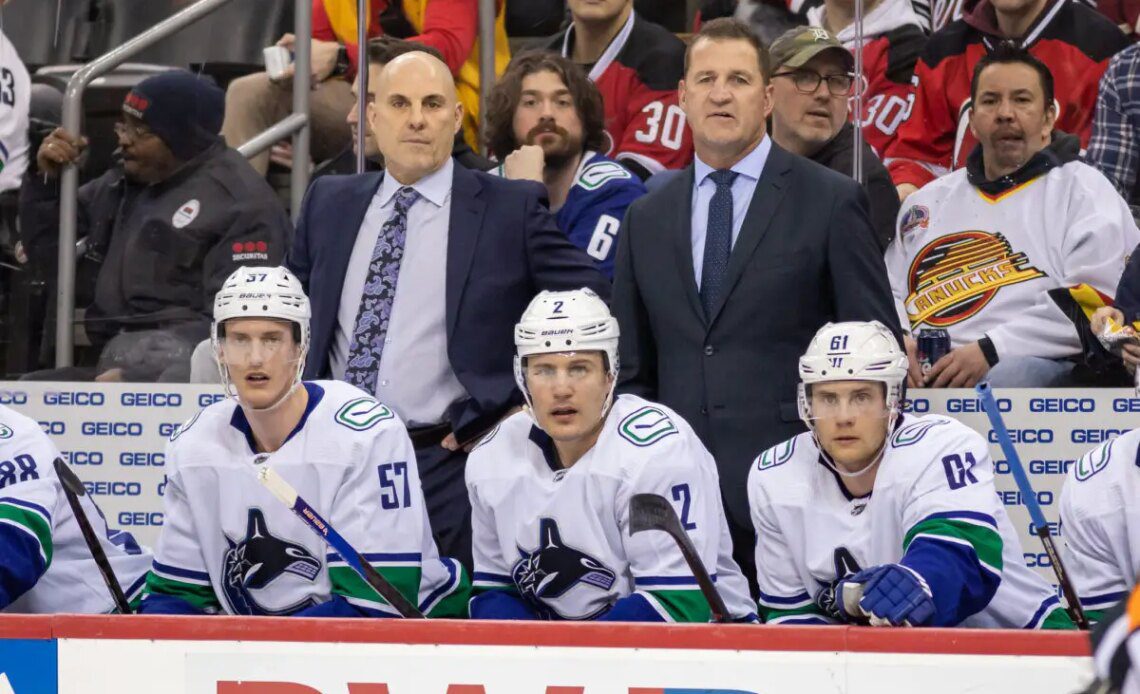Rick Tocchet has now been head coach of the Vancouver Canucks for 20 games, and it is hard to argue against the notion that the team hasn’t improved. From their 11-7-2 record to the overall way they have played on the ice, it looks as though the team is buying into his game plan and desire to play with more structure. Here is a breakdown of how the Canucks have played since he took over on Jan. 22, 2023.
Even Strength Defence
It is safe to say that the Canucks have become a stronger defensive team under Tocchet compared to the first 46 games with Bruce Boudreau in charge. While their first few games under the new head coach were a bit shaky, the defensive structure of the team has continued to get better to the point where they have allowed 30 or more even-strength shots once in their last ten games. Vancouver has also held the opposition to three or fewer even-strength goals in each of the past 11 games and 15 of the past 20 games overall.
| Under Bruce Boudreau (46 Games) | Under Rick Tocchet (20 Games) | |
| Goals Against Per 60 | 3.24 | 2.97 |
| Shots Against Per 60 | 31.71 | 26.72 |
| High Danger Chances Against Per 60 | 13.1 | 11.4 |
| Team Save Percentage | 89.79 | 88.89 |
While Thatcher Demko returning from injury has helped the Canucks keep the opposition off the scoresheet, he hasn’t been the sole reason behind the turnaround. As listed in the table above, they actually have a lower team save percentage at even strength under Tocchet yet have given up 0.27 fewer goals per 60 than under Boudreau. The reason is simple, fewer pucks are making their way to the net.
Since Tocchet’s takeover behind the bench, the Canucks have allowed 4.99 fewer shots against per 60. They have also allowed 1.7 fewer high-danger chances against per 60, which has caused less stress on the goaltenders. The reason behind this success is that players understand where they need to be positionally and move with the puck rather than skating around trying to chase the opposition. The defence has also done a good job at collecting rebounds or boxing out their check in order to deny second and third opportunities in front of the net. Lastly, the team as a whole has done a better job clogging up the middle of the ice and preventing cross-crease passes that lead to high-danger chances. At even strength, the system is working regardless of who is on the ice, which is a good indicator that the team’s recent success can be translated to next season.
Click Here to Read the Full Original Article at The Hockey Writers…

